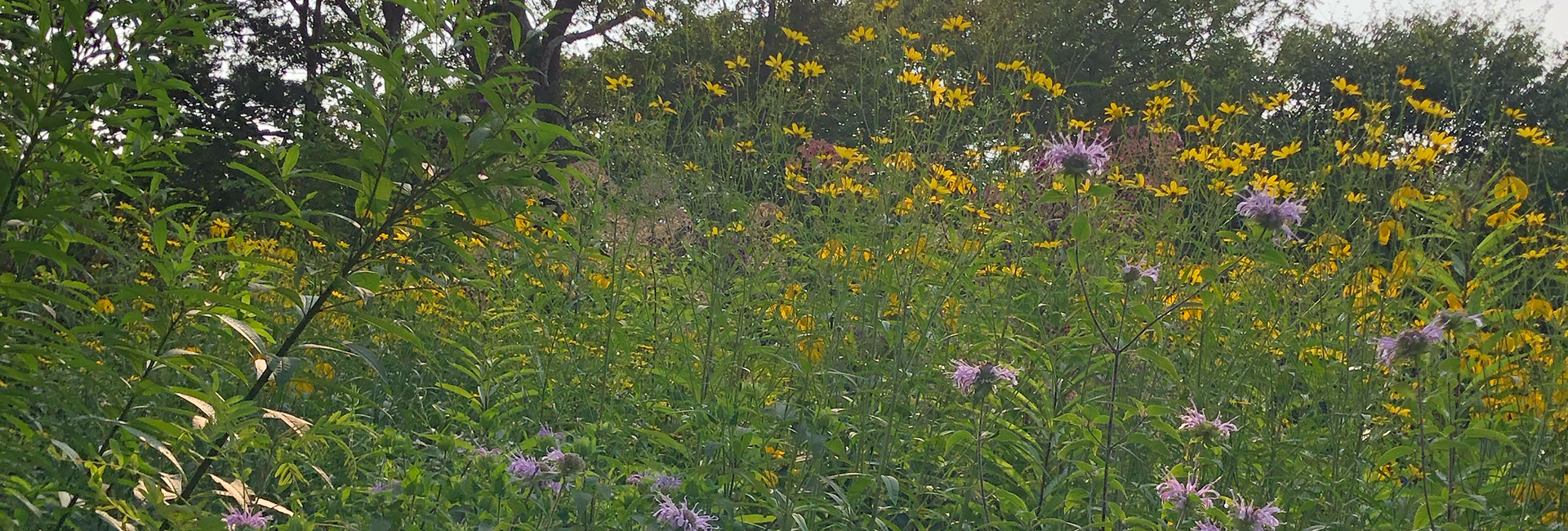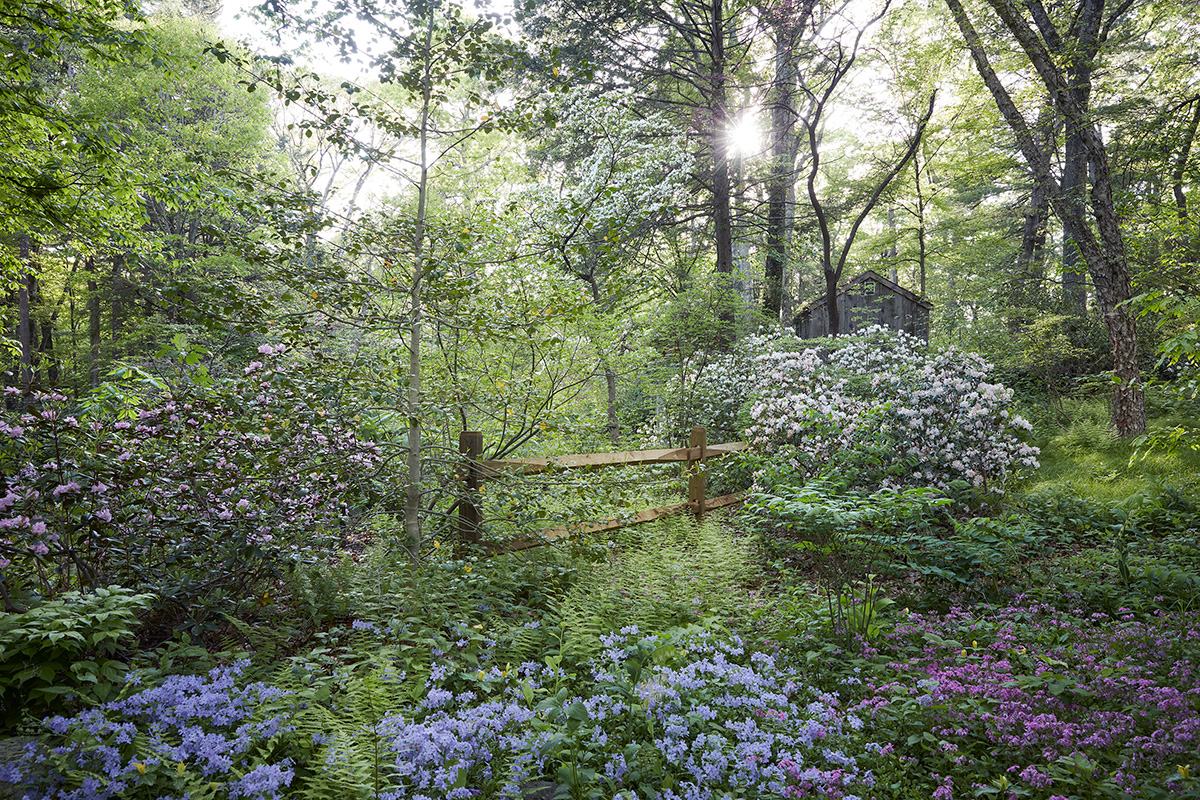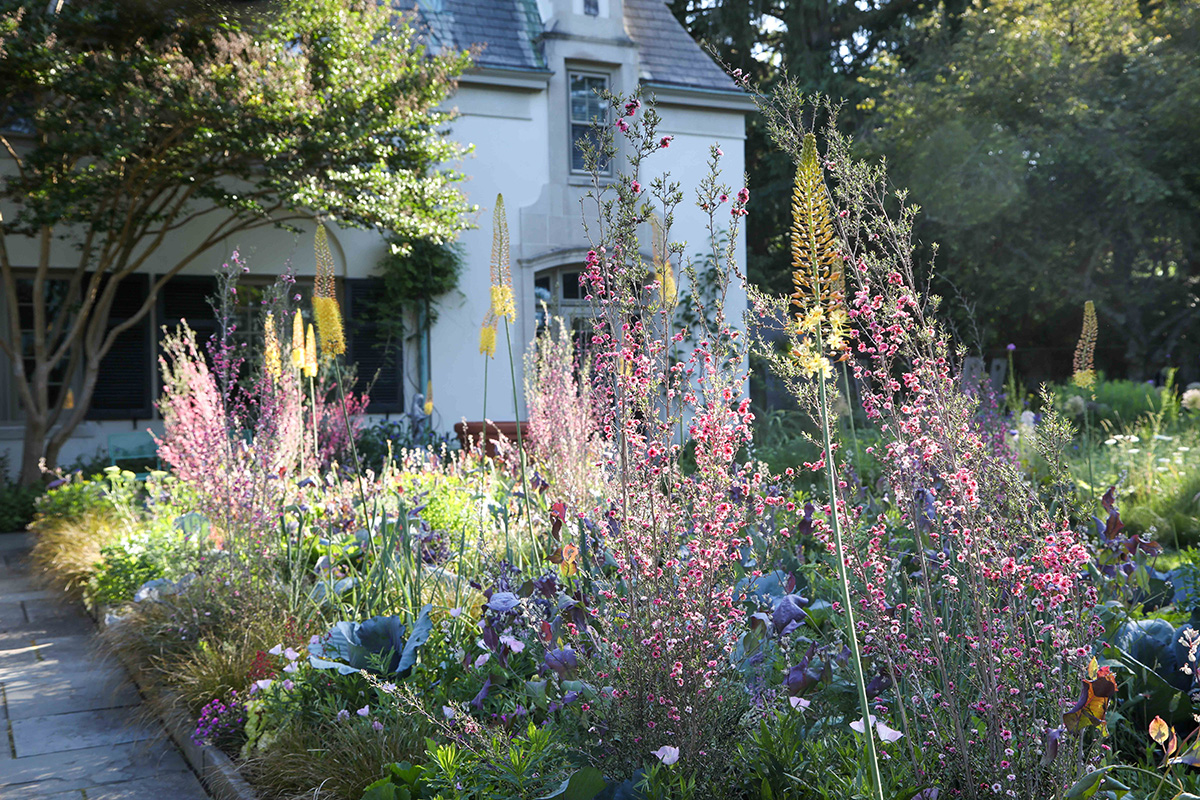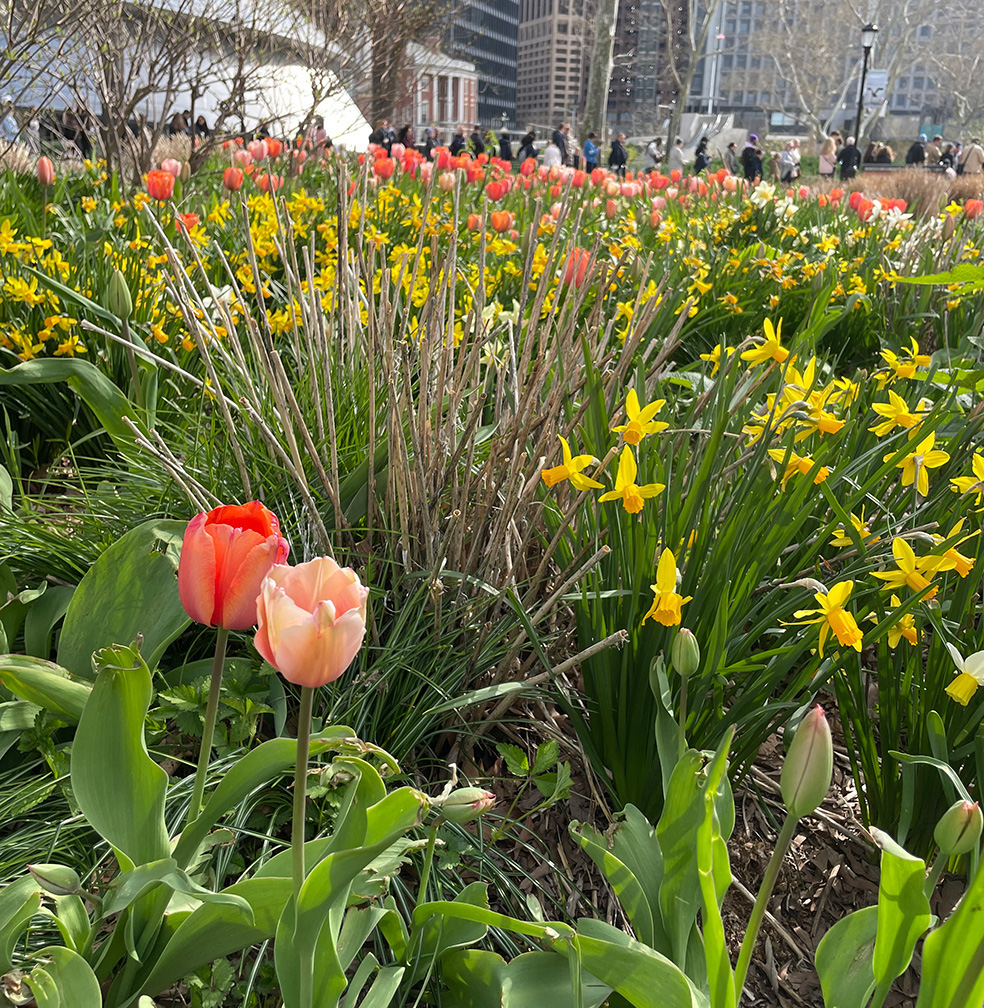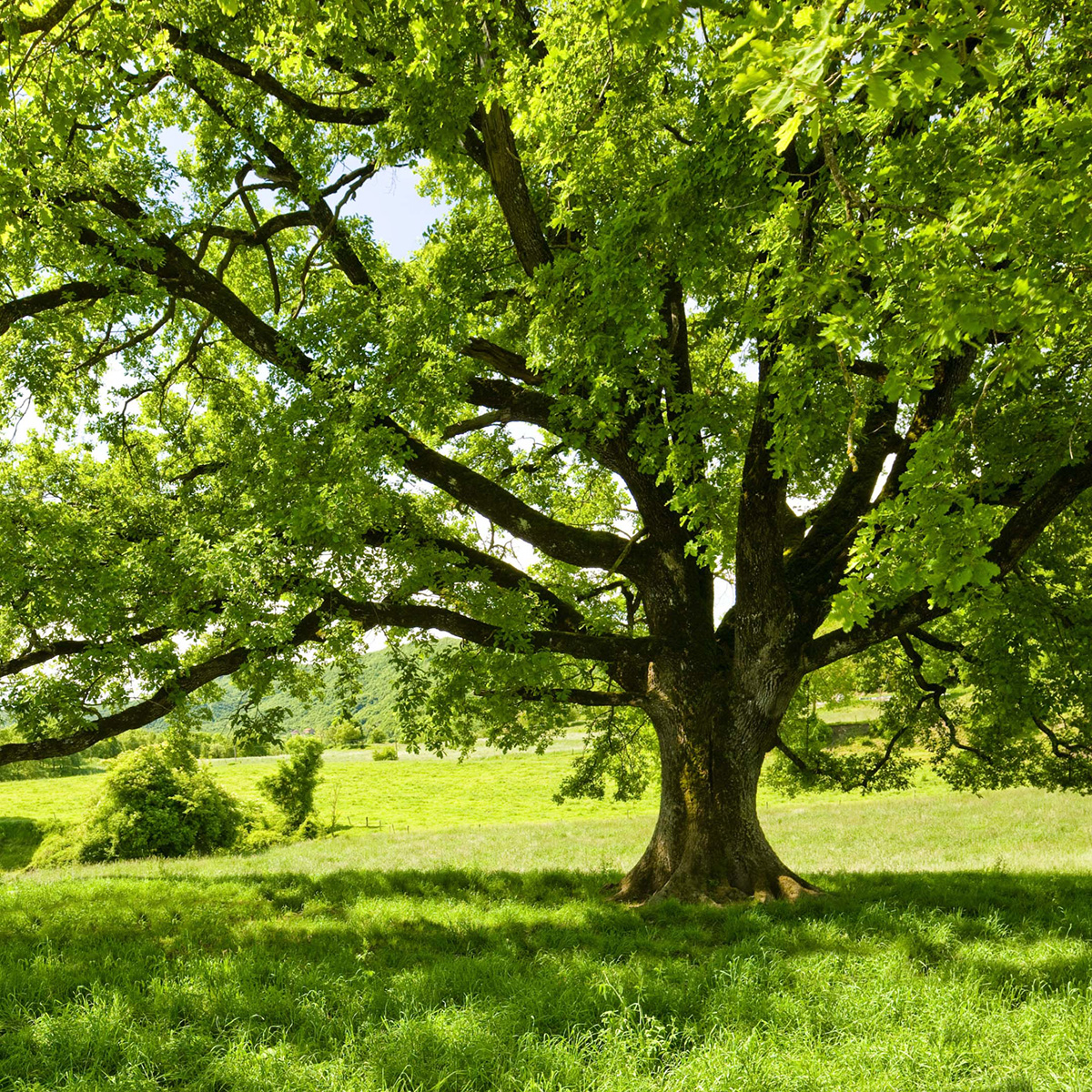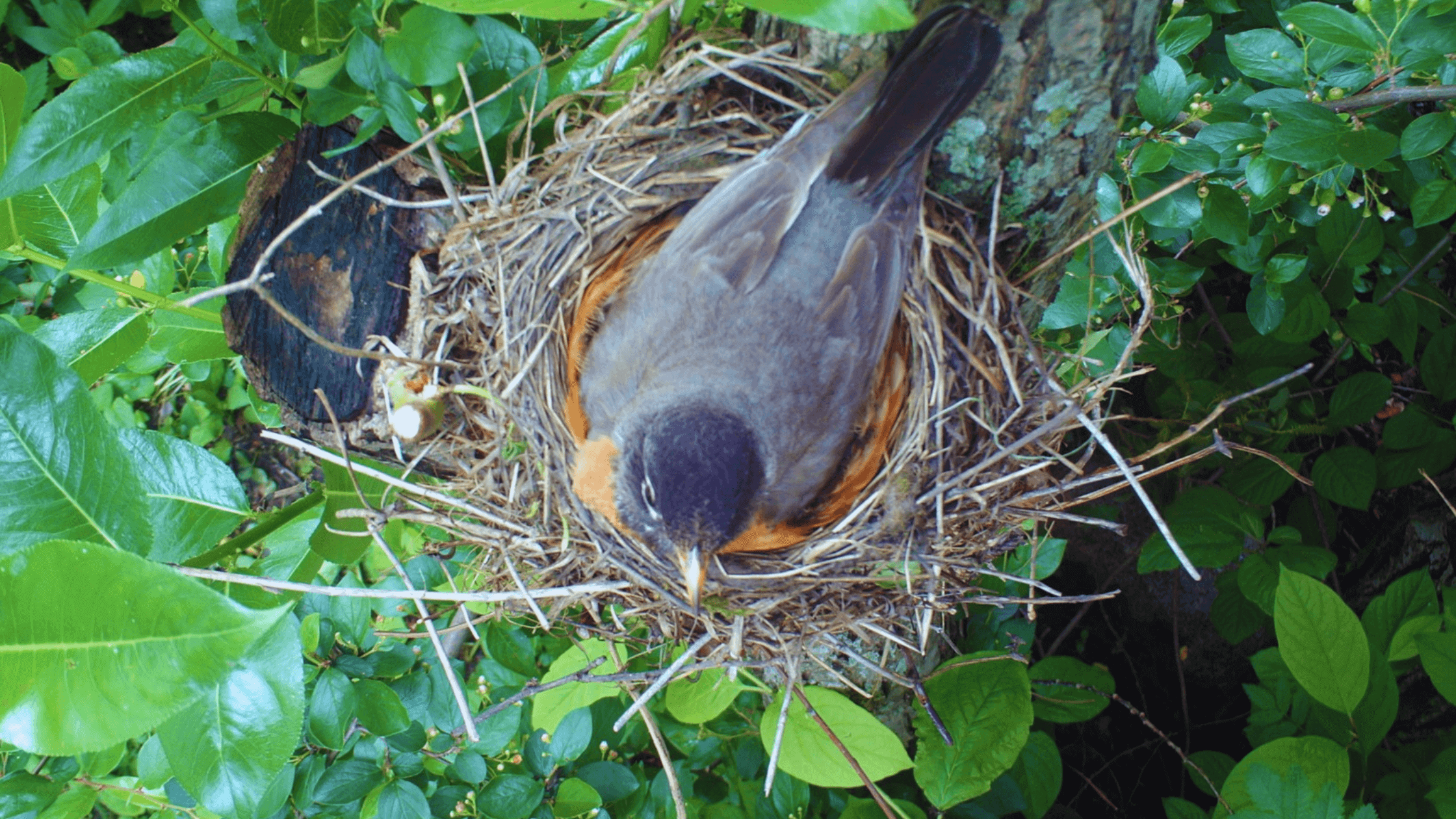
I like learning about things that are obvious once I know how to look for them—things that were often common knowledge in the past. In spring, birds are telling stories about where they choose to raise their young, stories based in logic, with a dash of magic. Here’s what I’ve learned:
1) Birds don’t actually live in nests.
Well, I guess it depends on your definition of live. Birds lay eggs and raise their young in nests. But once the kids have flown away, the parents either renest with a new brood that season or abandon the nest for the wild. The nests you are probably imagining right now are most likely found hidden in a dense leafy shrub or in the canopy of a tree, where they provide shelter from weather and camouflage from the sharp eyes of predators. Different birds have different nesting strategies (form, technique, and material).
A simple cup-shape is the most common nest type. You can find them in any number of places, such as along branches in the tree canopy, perched in tree forks, or nestled on ledges.
Birds that Build cup Nests: Northern Cardinal, Barn Swallow, Ruby-throated Hummingbird, American Robin, varieties of warbler, as well as other passerines.
2) Not all birds make nests.
Or, rather, not our idea of a nest. Some birds can get by with just a depression in the ground called a scrape nest. Scrapes are popular nest types for terrestrial birds (birds that prefer grasslands and open habitats that lack trees), such as shorebirds or tundra species.
Birds that Build Scrape Nests: Bob-white Quail, Killdeer, American Avocet, Common Tern, Piping Plovers, and many other shorebirds.
Other birds are cavity nesters which take advantage of holes found in place like dead tree trunks. Some line their place with coziness, but many just lay their eggs in the space as is. There are varieties of Owl that return to the same cavity for many years to raise their young, building up a “nest” from their own poop and their kids’ poop, too. When they’re not raising kids, these Owls roost on a branch near their cavity. You can sometimes spot them by finding their pellets beneath the trees.
Birds that Use Nest Cavities: Carolina Wren and House Wren, Eastern Bluebird, all Woodpeckers, Sapsuckers, Nuthatches, Prothonotary Warblers, Chickadees, and Owls.
There are also platform dwellers (Ospreys and Eagles), mound nesters (Mallard ducks), tunnel makers (Belted Kingfishers, Atlantic Puffins), pendant builders (Baltimore Orioles), and those who chose no nests at all (Chuck-will’s-widow). It all depends on what quality habitats are available where they live.
3) Most birds don’t re-use their nests.
It all comes down to capacity and energy resources. Small birds often make their nests from delicate materials that don’t weather well. While some of them will reuse their nests to raise another brood or two in the same season, they almost always build new ones the following spring. Starting from scratch reduces the possibility of ectoparasites (mites, lice, etc.), which can negatively impact the health and survival of chicks. It also helps avoid predators who know the locations of the nests from last season. Big birds, like Bald Eagles and Ospreys, who can carry large branches and twigs, will return year after year to the same nest, adding to the old one and making it larger over time—unless another bird steals it first.
4) What about Birdhouses?
For cavity nesting birds, birdhouses replace lost habitat, like standing dead trees. So the answer is yes, birdhouses are good. In fact, they have helped restore populations of Eastern Bluebird and Prothonotary Warblers. They are even better when they are cleaned out each spring to reduce the populations of mites and other pests from the previous breeding season which can harm the newborn chicks. Don’t worry about doing it wrong, the birds will only select the ones you do right.
Birds likely to use birdhouses (nesting boxes): Wrens, Bluebirds, Titmice, Chickadees, Nuthatches, and Owls.
5) What about the way YOU nest? Your garden lifestyle is intricately connected to the life of birds. Think about it from the birds’ perspective and relate it to your place.
- Leave a dead tree or two, for food (insects) and nesting opportunities.
- Plant shrubs in groups. Dense clusters of varying heights provide options and protection.
- Plant natives with lots of fruit.
- Resist the urge to prune shrubs. Instead let them grow into their original natural shapes: tall, short, dense, twiggy.
- Leave a matrix of habitats including places on the ground that you don’t mow or “tidy up.”
- Make habitat piles with fallen twigs.
- And yes! Put out some birdhouses.
6) What to Plant?
Shrubs and small trees that provide great food and nesting areas. Most of these fruits are delicious for you too, but most often than not the birds will get them first. Don’t worry about insects, birds will eat them too. In fact, caterpillars are the primary food for their young. Here are some of my favorite native trees and shrubs:
- Arrowwood viburnum (Viburnum dentatum)
- American beautyberry (Callicarpa americana)
- Chokeberries (Aronia spp)
- Eastern red cedar (Juniperus virginiana)
- Elderberry (Sambucus nigra)
- Highbush blueberry (Vaccinium corymbosum)
- American holly (Ilex opaca)
- Shad (Amelanchier canadensis)
Learn about the keystone plants, like oak trees, which support more than 400 species of insects and are vital to bird survival, in your area by visiting The National Wildlife Federation. Here is the list for the Northeast: Eastern Temperate Forests.
With thanks to Chris Gangemi and Matt Jeffery.
RESOURCES
To learn more about birds:
American Bird Conservancy
Cornell Lab of Ornithology
The National Audubon Society
ARTCILES
Types of Bird Nests (The Spruce)
Birds That Build Nests With Domes May Be Doomed (NYT)
RECOMMENDATIONS
Book: Love Letter to the Earth by Thich Nhat Hanh is a little handbook of consciousness to guide your relationship with your land. When you see it this way, you just can’t use harmful practices.
Quote: “I think having land and not ruining it is the most beautiful art anybody could ever want.” – Andy Warhol
Podcast: For the Wild: TIOKASIN GHOSTHORSE on the Power of Humility. Thought provoking ideas about our relationships to nature and “saving the earth.” Try going outside with these ideas in mind.
American Robin on her nest, photo by wwing from Getty Images Signature.
